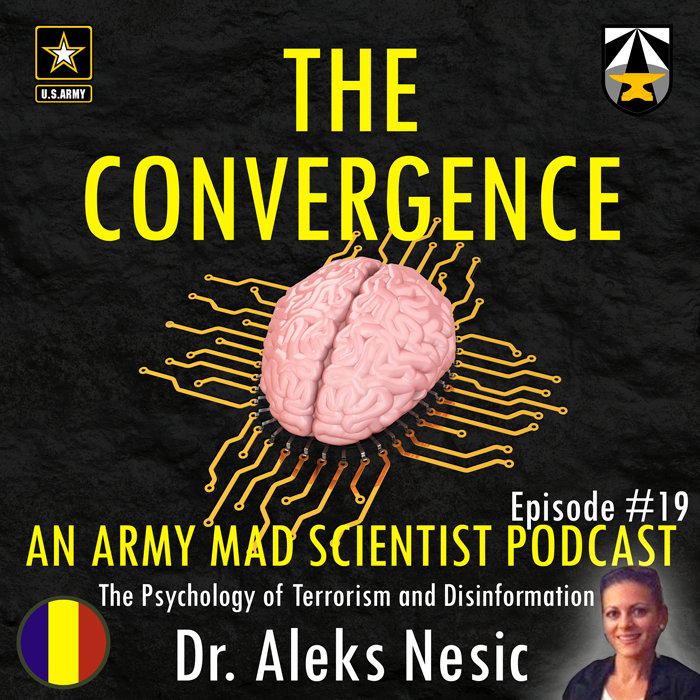Gen. Flynn is a native of Middletown, Rhode Island and Distinguished Military Graduate from the University of Rhode Island with a BS in Business Management. General Flynn is a graduate of the Infantry Officer Basic and Advanced Courses at Fort Benning, GA. He holds two master’s degrees, one in National Security and Strategic Studies from the United States Naval War College in Newport, RI, and one in Joint Campaign Planning and Strategy from the National Defense University.
In today’s interview, Gen. Flynn discusses the unique pacing threat posed by China, building interoperability with partner nations, and the future of multi-domain operations in INDOPACOM. The following bullet points highlight some of the key insights from our interview:
- The Army’s Joint Pacific Multinational Readiness Center (JPMRC) integrates live, virtual, and constructive environments, enabling our forces and partners to conduct training via a mobile, regional training center in the Pacific’s Arctic, Jungle, and Archipelago conditions and environments. JPMRC enables the Army to maintain a constant presence in the region, train, and build readiness with our allies and partners.
- While training with technology in the region of operation is important, relationships matter. Building strong relationships between individuals, organizations, and countries is vital for deterrence by denial. We rely on our allies and partners for their understanding of the geography and the human terrain — the cultures, the societies, and the peoples of the region.
Stay tuned to the Mad Scientist Laboratory for our next episode of The Convergence podcast featuring COL Stefan Banach (USA-Ret.), Director, Army Management Staff College, returning to discuss non-terrestrial warfare, weapons of mass deception, and the future information environment.
If you enjoyed this post, learn more about China as our Pacing Threat at the TRADOC G-2’s China Landing Zone
… check out the wealth of regional training information on the TRADOC G-2’s DATE World Pacific page
… explore future conflict possibilities in this region:
“No Option is Excluded” — Using Wargaming to Envision a Chinese Assault on Taiwan, by Ian Sullivan
The U.S. Joint Force’s Defeat before Conflict, by CPT Anjanay Kumar
Guns of August 2035 – “Ferdinand Visits the Kashmir”: A Future Strategic and Operational Environment by Team RSM3 from the Army Futures Study Group Cohort VI
Shén fēng: Military Use of Weather Modification Technology, by Rory Fedorochko
… and review the following additional Operational Environment content:
The Operational Environment (2021-2030): Great Power Competition, Crisis, and Conflict, along with its source document
How China Fights and associated podcast
China’s PLA Modernization through the DOTMLPF-P Lens, by Dr. Jacob Barton
The Hermit Kingdom in the Digital Era: Implications of the North Korean Problem for the SOF Community, by Colonel Montgomery Erfourth and Dr. Aaron Bazin
Competition and Conflict in the Next Decade
Disrupting the “Chinese Dream” – Eight Insights on how to win the Competition with China
Competition in 2035: Anticipating Chinese Exploitation of Operational Environments
Disclaimer: The views expressed in this blog post do not necessarily reflect those of the U.S. Department of Defense, Department of the Army, Army Futures Command (AFC), or Training and Doctrine Command (TRADOC).

“We have craft that defy physics as we know it and are moving at speeds that are at least a hundred times faster than...

In today’s podcast, Dr. Nesic discusses how humans remain at the center of great power competition — “everything else are simply mechanisms being used...

MAJ John Spencer (USA-Ret.) is the Chair of Urban Warfare Studies with the Madison Policy Forum. He served over twenty-five years in the U.S....